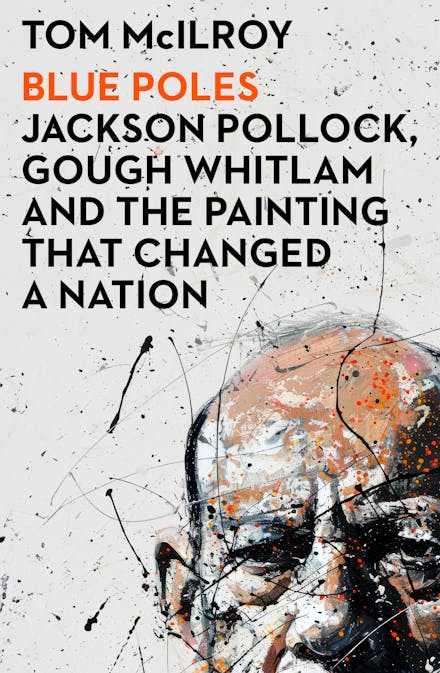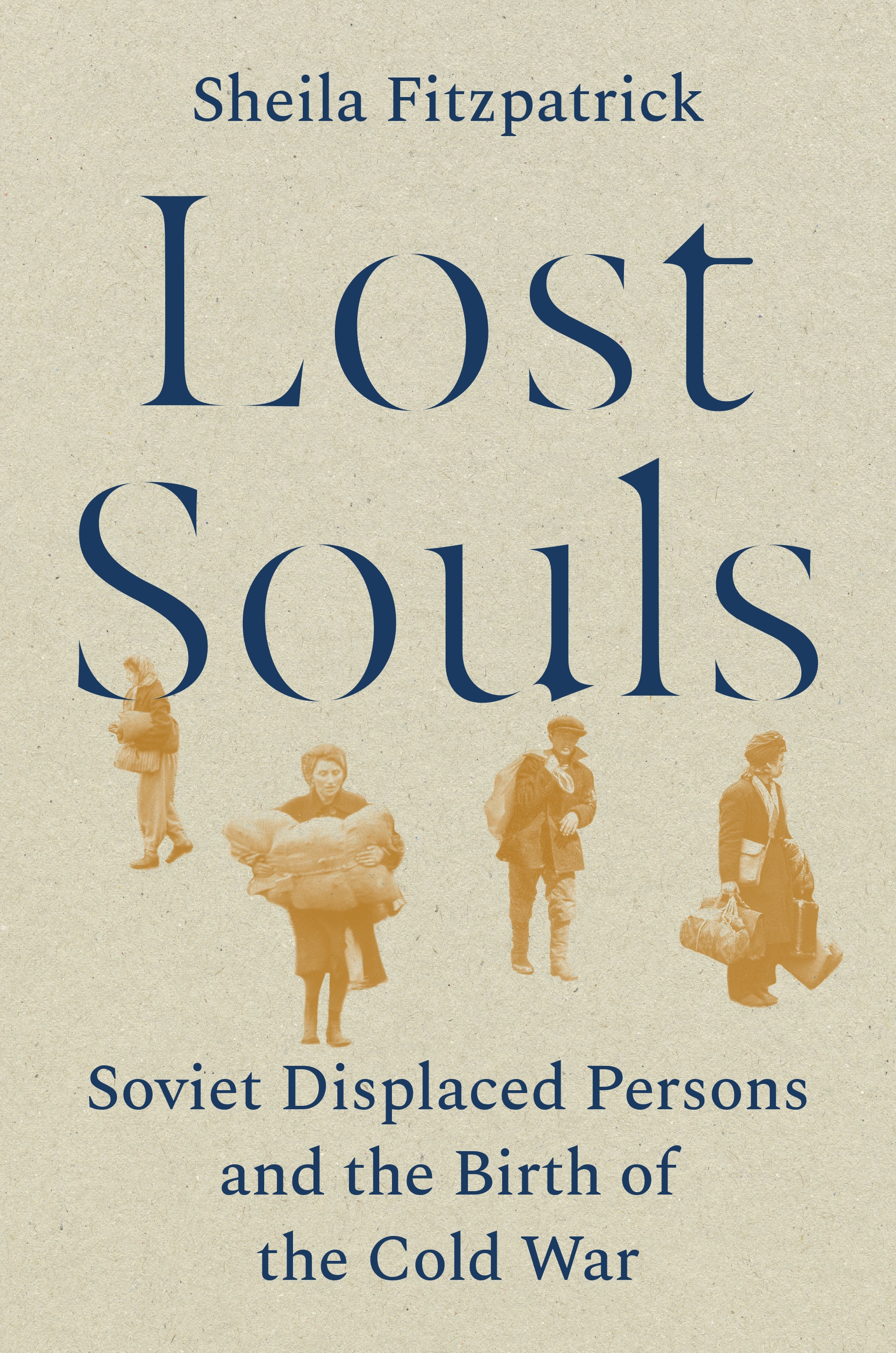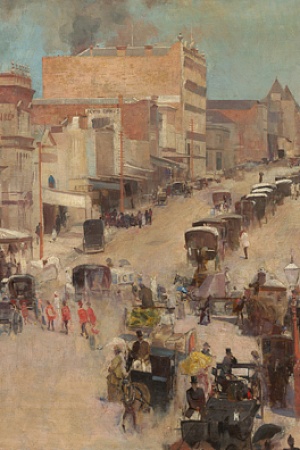Arthur Streeton in retrospect
The purpose of a retrospective exhibition is to reconsider, to come to fresh insights. Streeton, now at the Art Gallery of New South Wales, is the largest exhibition of the painter’s works since his 1931 lifetime retrospective, which was also at AGNSW (the current offering is only twenty works shy of that show’s massive total of 170). It’s a feast, one that enables us to reassess the great man’s art. And like all good retrospectives, it questions older certainties.
Arthur Streeton (1867–1943) was, until the emergence of the great Aboriginal Desert painters after the 1970s, undoubtedly Australia’s most influential landscape painter. For more than a century, he was so celebrated for sweeping golden pastoral views that his high panoramic viewpoints have long been canonical, and emblematic, as the late Ian Burn argued, of Australia’s dominant view of itself as a prosperous settler success. It is the complication of that venerable but troubling certainty that makes this exhibition important.
Continue reading for only $10 per month. Subscribe and gain full access to Australian Book Review. Already a subscriber? Sign in. If you need assistance, feel free to contact us.















Comment (1)
Leave a comment
If you are an ABR subscriber, you will need to sign in to post a comment.
If you have forgotten your sign in details, or if you receive an error message when trying to submit your comment, please email your comment (and the name of the article to which it relates) to ABR Comments. We will review your comment and, subject to approval, we will post it under your name.
Please note that all comments must be approved by ABR and comply with our Terms & Conditions.